Author: Jennifer Austin (BSc MS)
If you experience lymphedema then good skin care is critical.
Lymphedema can cause your skin to become more susceptible to injury and infection.
In this article we will look at skin care for lymphedema in more detail, and cover ways in which you can take better care of your skin and reduce the risk of injury or infection.
Why Skin Care For Lymphedema Is Important?
If you have swelling which is caused by a build up of lymph fluid (lymphoedema) then adequate skin care is paramount.
Any injury or infection has the potential to make swelling worse.
This is because infection or injury can cause further damage to the lymphatic system in the affected area.
If you have lymphoedema already, or are at risk of developing it, you may also be at risk of developing a skin infection called cellulitis.
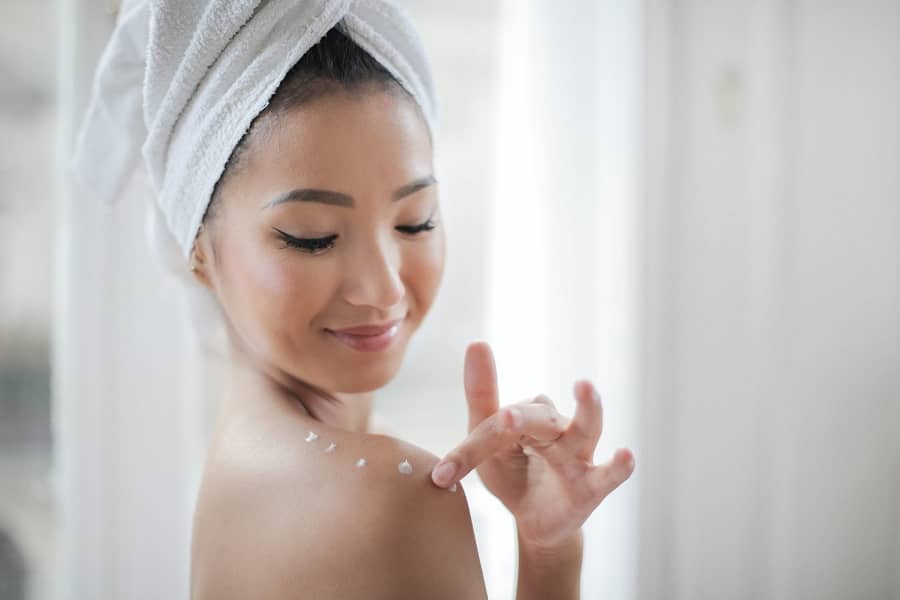
Cellulitis is a painful bacterial skin infection, and it is important to know the signs of such an infection.
The body’s primary line of defense against the bacteria which cause infections is the acid mantle.
This is a natural film which slows the growth of harmful bacteria on the skin.
As lymphedema swelling stretches the skin, the acid mantle is disrupted.
Harsh weather (sun, wind, cold) and washing with harsh soaps can also discupt the mantle.
How To Look After Your Skin
Daily Checks
Examine any affected skin area thoroughly daily, checking for changes such as rashes, cracks, or other signs of a potential infection.
Use Specialised Soaps
Always use only a mild emollient soap.
Emollients soften and soothe the skin, and they are also used to correct any dryness and scaling of the skin.
Using a soap which contains an emollient, such as aloe or lanolin, can help restore the body’s natural oils and natural skin barriers.
Emolients can also be in the form of bath oils and moisturizers.
If you are diagnosed with diabetes, or any condition which causes particularly fragile skin, only use soaps and lotions designed for that purpose.
Ensure you wash away any soap thoroughly, as any left behind can cause dryness.
Washcloths/Towels
Never share these with someone else as this can increase the risk of spreading infection. Also ensure you pat any affected skin areas to dry them.
Take care to ensure no moisture if left in any skin folds. Moist skin folds can be breeding grounds for bacteria.
Alternatively you can use a hair dryer, but ONLY on a very low setting.
Mositurize
Use a low pH moisturizer. This helps maintain the acid mantle and skin elasticity.
Sunscreen
Affected skin is particularly sensitive to the sun. Wear a high factor sun cream, or alternatively cover up with clothes.
Insect Repellent
This should contain at least 50% DEET. If you are bitten or stung try not to scratch, and also use an antihistamine cream.
Cuts/Grazes
Clean immediately with clean water. Follow up with antiseptic cream (such as Savlon, TCP or tea tree oil), and cover the area.
Foot Care
Use alcoholic wipes or anti-fungal powder. This helps prevent fungal infections. You can use anti-fungal powder to treat signs of infections, for example having peeling, itchy skin.
Hydrate Yourself
Make sure you drink enough fluid each day. This is important to overall health and function, but in particular blood flow.
Moisturizing Different Skin Types
Depending on what stage of lymphedema you are experiencing, you will need to take different approaches to moisturizing your skin.
Ensure you moisturize you skin daily as follows:
Skin In Good Condition – Use a bland cream or lotion (emollient) which is easy to apply.
Dry/Flaky Skin – Moisturize more often, with a thicker cream.
Scaly Skin – Wash initially with a moisturising soap substitute. Follow this up with a thick moisturiser, which will help soften any scaly area.
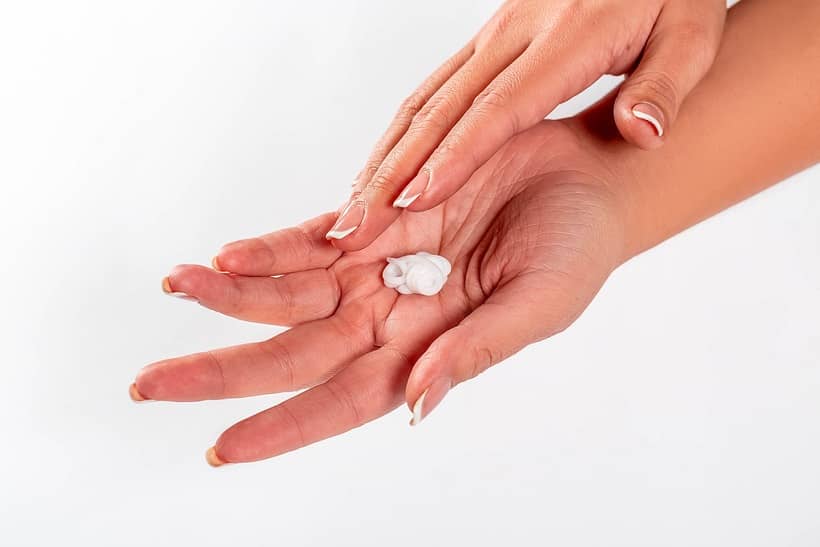
As a guide, moisturize twice a day (in the morning and before bed for example), and apply a compression garment afterwards.
Which Skin Care Products Are Best For Lymphedema?
We have written a seperate article which covers this very subject. To read it follow this link.
Daily Precautions to Take
Avoid Cuts & Grazes
Broken skin can lead to infections. There are however steps you can take to reduce risks.
For example wear gloves, or long sleeves and trousers for any task which may pose a risk to your skin (e.g. DIY, gardening or cooking).
Electric razors also have the potential to damage skin, as do scissors (so perhaps try nail clippers instead).
Poor fitting shoes can potentially rub your feet, so choose a good fitting shoe as this will protect your feets also.
Pets may also unintentionally damage your skin. So either keep them away from an infected area, or use clothing or blankets to protect you.
Sports
Although exercise is beneficial for Lymphedema, some sports have the potential to damage your skin.
Check with your Lymphedema specialist before taking up any sports.
Hot Baths, Saunas & Steam Rooms
Avoid these, as they have the potential to increase swelling.
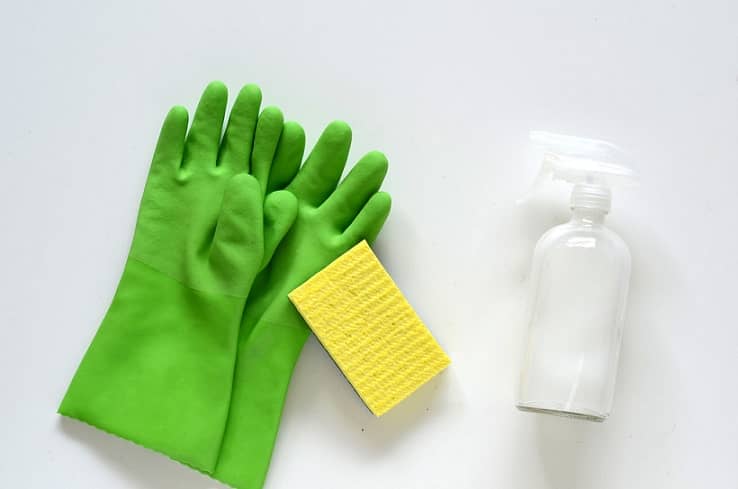
Avoid Temperature Extremes
It is best to avoid any temperature that can dry your skin. This can include any hot, cold or windy weather.
Clothing & Jewellery
Avoid wearing tight clothing or jewellery. This has the potential to damage the skin.
Injections
Avoid injections, giving blood, or having your blood pressure checked on an affected limb.
You may wish to consider a Lymphoedema alert bracelet. This will remind healthcare professionals not to use an affected limb for needles.
Tattoos
Talk to your Lymphedema specialist before getting a tattoo on an area which has, or is at risk of Lymphedema.
Warning Signs of an Infection
It is important that you monitor your body for signs of an infection.
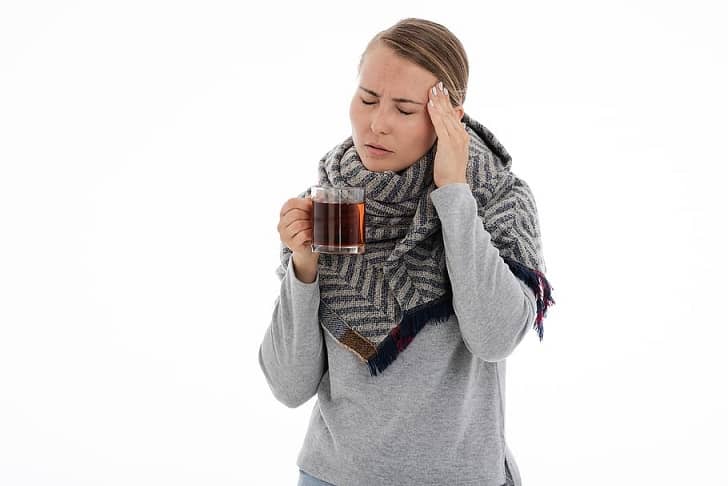
Common signs and symptoms are as follows:
- Flu Like Symptoms (aching and tiredness)
- High Temperature
- Redness of the skin (inc. red streaks)
- Swelling
- Pain
- Hot areas on skin
- Loss of appetite
- Nausea/Vomiting
Contact a doctor or your lymphedema therapist if you have any of these symptoms.
They may recommend a course of antibiotics.
Do not wear compression garments on an infected or painful area. Also avoid exercise until the infection is gone.
Whilst recovering, support the whole limb so it can relax.
Other Skin Problems That May Occur With Lymphedema
Unfortunately, cellulitis isn’t the only skin condition which may occur if you have Lymphedema.
Eczema and Dermatitis
Eczema is the name given to a group of conditions that cause skin to become dry and irritated.
Contact dermatitis is a type of eczema that it triggered by contact with a particular substance.
Contact dermatitis usually improves or clears up completely when the substance causing the problem is avoided. Other treatments are also available.
This inflammatory skin condition is characterized by itchy, weeping red skin.
Fungal Infections
Fungal infections can be common in lymphedema.
Examples include Athlete’s Foot (tinea pedis), and if left untreated, may lead to a more serious infection, such as cellulitis.
If you suspect you may have a fungal infection, it is important that you see your doctor immediately.
Doctors typically recommend anti-fungal treatments, such as creams to address any infection.
Preventative measures include anti-fungal powders in socks and shoes.
Also you may wish to consider soaking your feet in a bowl of warm water, with 2 x drops of tea tree oil.
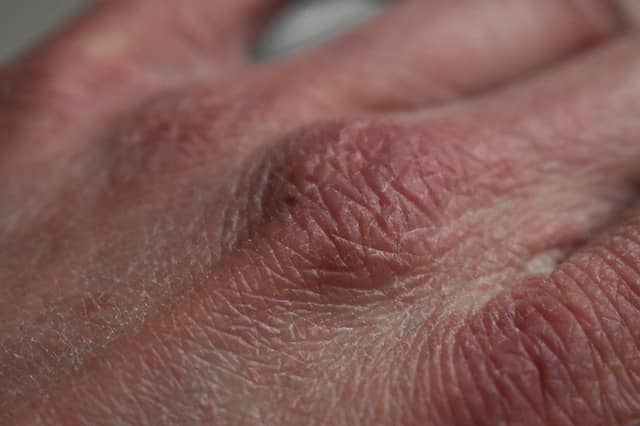
Lymphorrhoea
This is the term given when lymph fluid leaks through the skins surface.
This can be experienced in people who have skin which is thin or fragile, or isn’t supple, as a sudden swelling can cause such leakage.
If you experience lymphorrhoea then you are at an increased risk of infection.
So it is important you see your lymphedema therapist if you do experience this.
This is treated typically by using lymphedema bandaging, which can help control the leaking fluid in 36 to 48 hours.
Lymphangioma
When a superficial lymphatic vessel in the skin becomes particularly swollen, it can bulge onto the skin, and have a blister like appearance.
This blister will contain lymph fluid, and it is NOT advised that you pop these, as this can cause lymphorrhoea as discussed above.
This type of condition can be reduced through the use of compression bandages or hosiery.
Lymphangioma may be experienced in cases which have been left untreated for a long time.
Papillomatosis
Another condition which may be seen in long-standing lymphedema cases is papillomatosis.
If lymhpedema is left untreated for a long time, the skin can harden.
This hardened area of skin may then develop nodules or warts.
Conclusion
We hope this article has helped you better understand how to apply good skin care for lymphedema.
By taking precautions, and having a good skin care routine, you will hopefully have healthier skin, and reduce the chance of developing an infection.
Please check lymphedemalifeline.org for more articles like this.
References
- Cancer Research UK – Caring for your skin when you have lymphoedema – https://www.cancerresearchuk.org/about-cancer/coping/physically/lymphoedema-and-cancer/treating/caring-for-your-skin
- Macmillan Cancer Support – Skin are for lymphoedema – https://www.macmillan.org.uk/cancer-information-and-support/impacts-of-cancer/lymphoedema/skin-care-for-lymphoedema
- Lymph Notes – Maintaining Healthy Skin – http://www.lymphnotes.com/article.php/id/32/
- The Lymphoedema Support Network – Skin Care For People With Lymphoedema – https://www.woodlandshospice.org/images/pictures/family-support/lymphodema/skincare-lymphoedema.pdf
Disclaimer – The information on this website is for informational purposes only. Lymphedemalifeline.org and it’s staff, writers, etc. assumes no responsibility for any consequences arising from any use made of, or any reliance on, the information contained on this website.

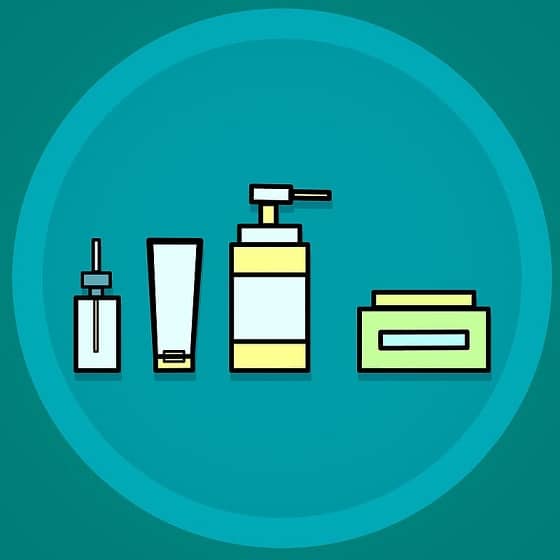
I am glad that I found this article. Well documented and very informative!
Thank you Elfrieda, very kind of you to say!
I had never even considered the injections could actually trigger an infection!